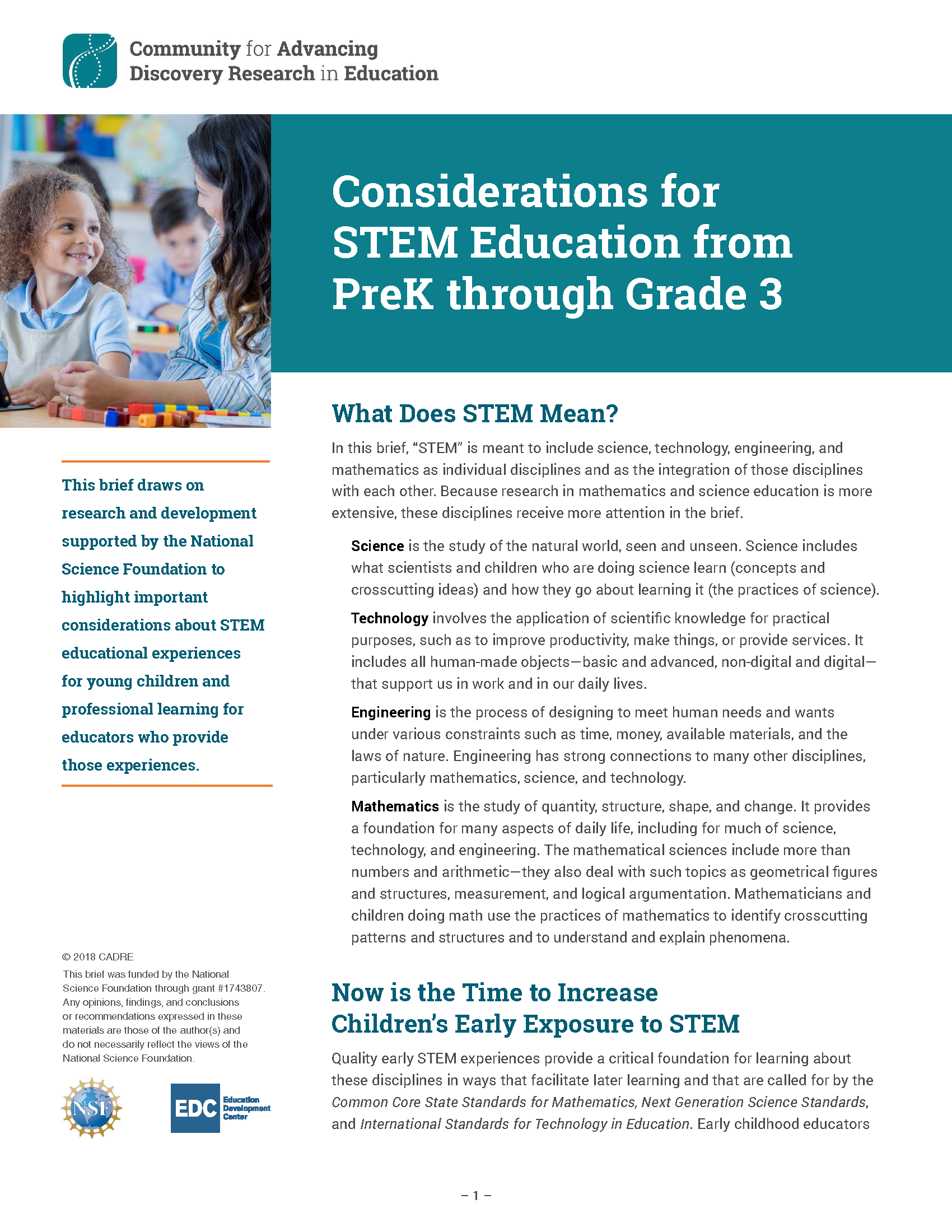Productive Struggle for All: Differentiated Instruction
Lynch, S., Hunt, J.H., & Lewis, K. (2018). Productive struggle for all: Differentiated instruction. Mathematics Teaching in the Middle School, 24(4), 194-201.
This article looks at strategies that create access while maintaining the cognitive demand of a mathematics task.

